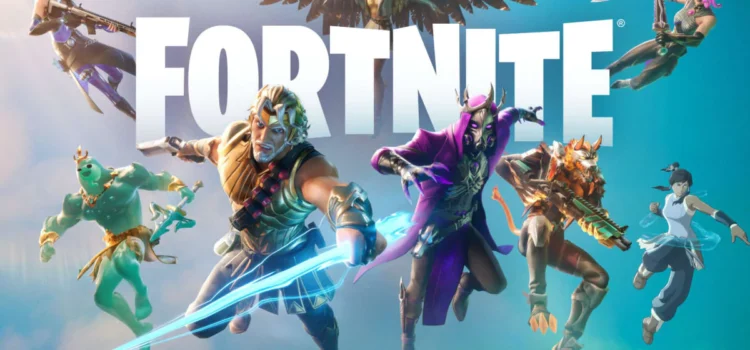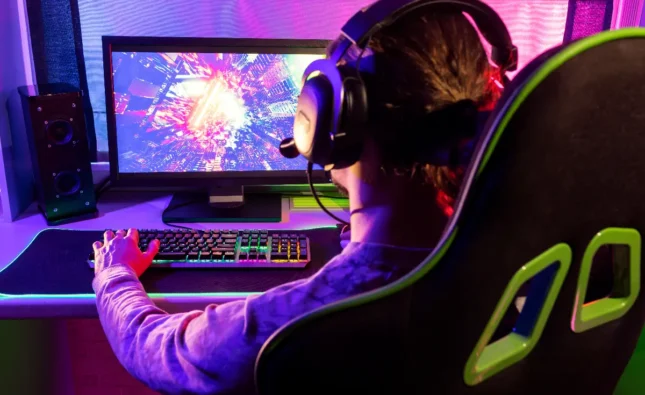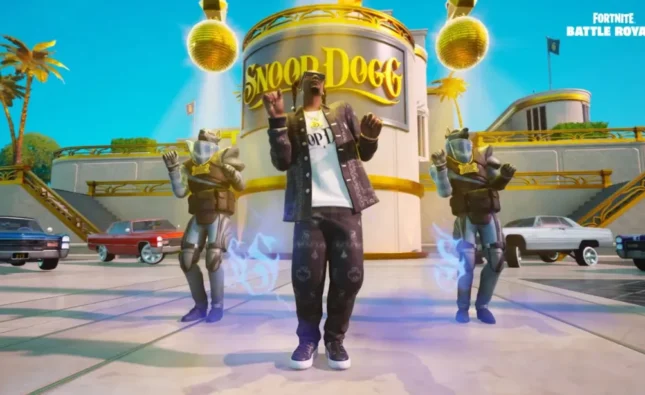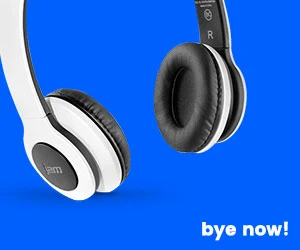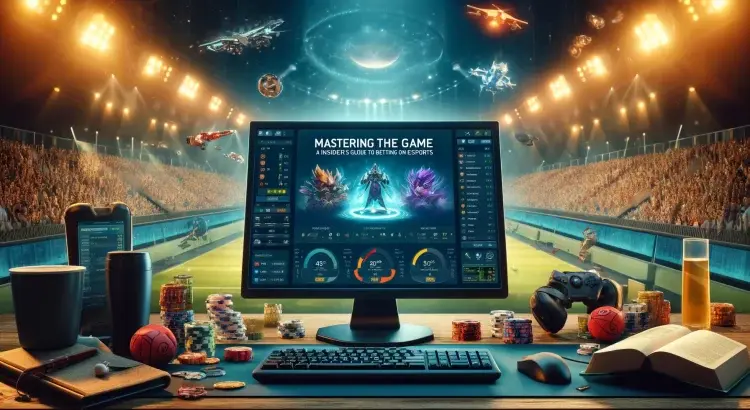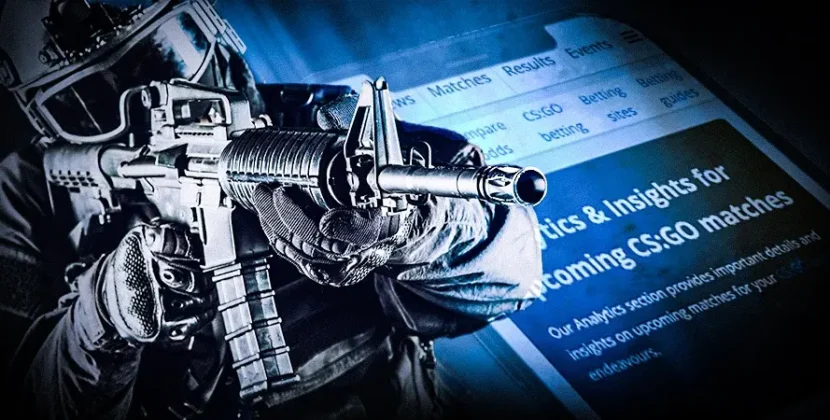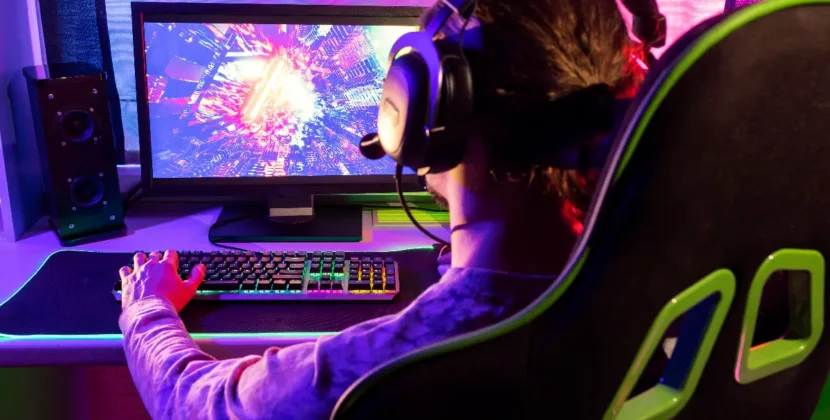Almost 45 million players recently returned to Fortnite for a nostalgic “OG” event that took them back to the game’s original 2018 map—an era before the island was swallowed by a black hole. Over the weekend alone, players clocked a record-breaking 102 million hours in the game, proving Fortnite’s enduring appeal even six years after its release. For a game that has been a mainstay in pop culture and playgrounds alike, this turnout says a lot about its lasting grip on young gamers.
To put that in perspective: 44.7 million people rejoined Fortnite over the weekend. That’s more than 10 times the viewership for The Last of Us series premiere and a larger audience than the total copies sold of To Kill a Mockingbird. While player stats aren’t always the most intriguing aspect of a game, these numbers underscore the scale of Fortnite’s reach.
More importantly, this event highlights an interesting aspect of gaming for Generation Z: the way nostalgia for “forever games” is already playing a role in how they revisit their childhood experiences. Nostalgia has long been a moneymaker in entertainment, with remasters and reboots spanning everything from film to video games. But unlike older generations who can seek out vintage game consoles and cartridges, Gen Z’s childhood games, like Fortnite, are still with them—yet simultaneously gone.
If you’re 17, you might’ve started playing Fortnite when you were 12. But today’s Fortnite is vastly different from the version you knew, with changes in characters, weapons, map geography, and sounds. Until last weekend, you couldn’t revisit the iconic and chaotic Tilted Towers zone from Fortnite’s original map, for instance. You could only catch glimpses in YouTube videos—until now.
Minecraft, another cultural icon for Gen Z, has experienced a similar evolution since its 2009 launch. Returning to the original game mechanics or visuals is nearly impossible, as it now features underwater cities, new enemies, and enchantments that didn’t exist back then. The longing to revisit these familiar digital landscapes has drawn millions back to Fortnite, highlighting how “forever games” continuously change to the point that players feel a part of their virtual history has disappeared.
There’s a precedent for monetizing this kind of nostalgic attachment to live-service games. World of Warcraft Classic, for example, allows players to experience the beloved 2007 version of the game, offering a space that’s free from changes developers introduced over time. Blizzard has even carefully reintroduced expansions from the 2000s, and WoW Classic maintains an impressive daily player base.
When players return to Fortnite, it’s not just the old map or characters they miss—it’s a simpler time. This throwback version of Fortnite brings them back to a pre-pandemic era, before the game’s famous live events like the Travis Scott and Ariana Grande concerts. It’s a return to a Fortnite that felt like pure gaming, before it became synonymous with mainstream entertainment.
The Fortnite OG event will continue for another month, showcasing the game’s “greatest hits” from its early seasons. After that, Fortnite’s original version will disappear once more, unless Epic Games decides to preserve this nostalgic experience as a permanent option for players to revisit their memories whenever they want.


